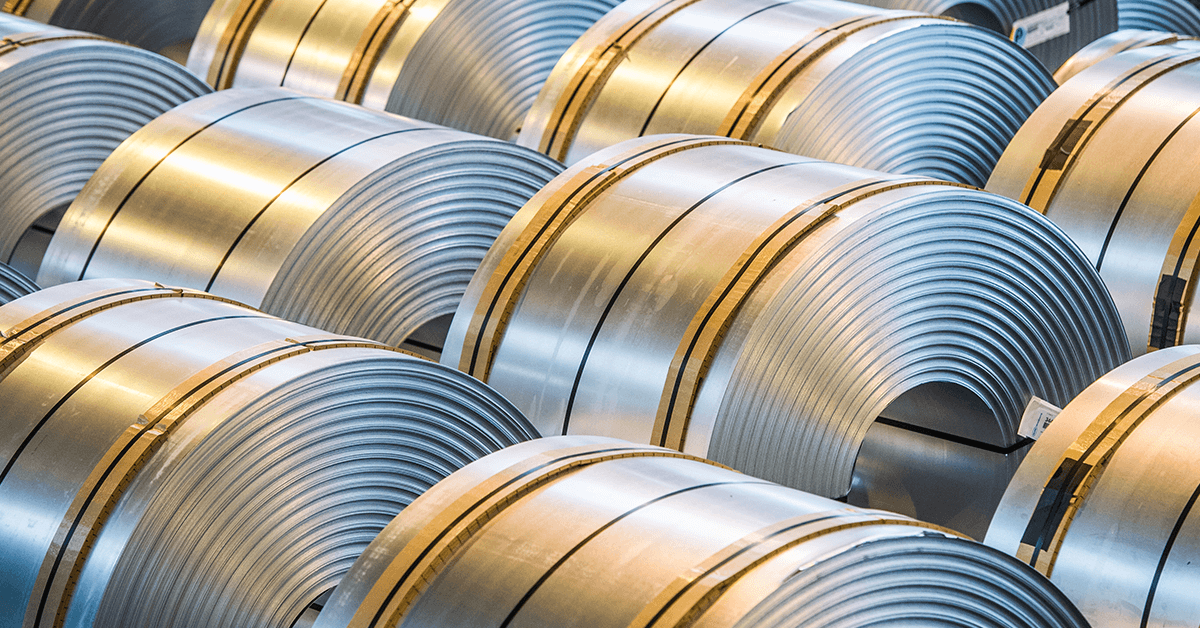Steel is making mobility as a service transportation more affordable
As the number of people owning private vehicles is in decline, particularly in urban areas, more people are turning to public transportation, hire schemes and ride sharing to get them from A to B. Autonomous vehicles are going to open new possibilities for these mobility as a service solutions, improving access to convenient and sustainable public transport in busy urban environments. Affordability is an important factor in competitiveness of public transportation and ride hailing services. It is also important from a socio-economic perspective as provision of affordable transport can reduce inequality in access to education and employment opportunities.
For Mobility Service Providers to be able to offer an affordable solution to consumers, the vehicles in their fleet must be affordable to purchase and maintain to minimize the total cost of ownership (TCO). OEMs must therefore be able to offer cost-effective vehicles to fleet operators so that consumer expectations are met. The Steel E-Motive program is developing an autonomous mobility as a service solution. We are using steel technology to lower the upfront cost to fleet operators who can then offer affordable transport solutions to their customers.

What affects the cost of purchasing a vehicle?
There are several costs which are factored into the cost of purchasing a vehicle. Purchase price will include everything from the price of raw materials through to the cost of energy used in the manufacturing process. In automotive manufacturing, choosing the right material to balance cost and performance is a crucial factor. Many materials used in the manufacture of the vehicle body structure come with high costs, driven mostly by the large amount of energy required to produce them. There are also associated manufacturing and assembly complexities which can bump up costs.
We see that lower cost vehicles on the roads contain high percentages of Advanced High-Strength Steels in their design
Steel is making the Steel E-Motive vehicle concept affordable
The Steel E-Motive program is using Advanced-High Strength Steels (AHSS) to make our vehicle concept more affordable for fleet managers and, ultimately, for their consumers. In electric vehicles on the roads today, we see that the lower cost high-volume production models contain high percentages of Advanced High-Strength Steel in their design. This ultimately makes them more affordable to purchase.
Steel has an advantage over other materials because it requires less energy to produce and it is more straightforward to manufacture and assemble. Optimized steel body structures using Advanced High-Strength Steels can be constructed at little additional total system cost relative to a conventional steel body structure. AHSS are very strong and ductile enabling reduced material thickness in the body structure. Not only does this improve vehicle efficiency and performance because of the weight benefit, but it also reduces costs because less steel is required in the structure for the same performance benefit.
The latest AHSS grades and fabrication processes are yielding innovative design solution which are improving body structures and the requirements of affordable transport and future mobility challenges.
Find out more about Advanced High-Strength Steels
Subscribe for updates
Stay up to date with the latest research and technical updates from WorldAutoSteel
You might also be interested in
